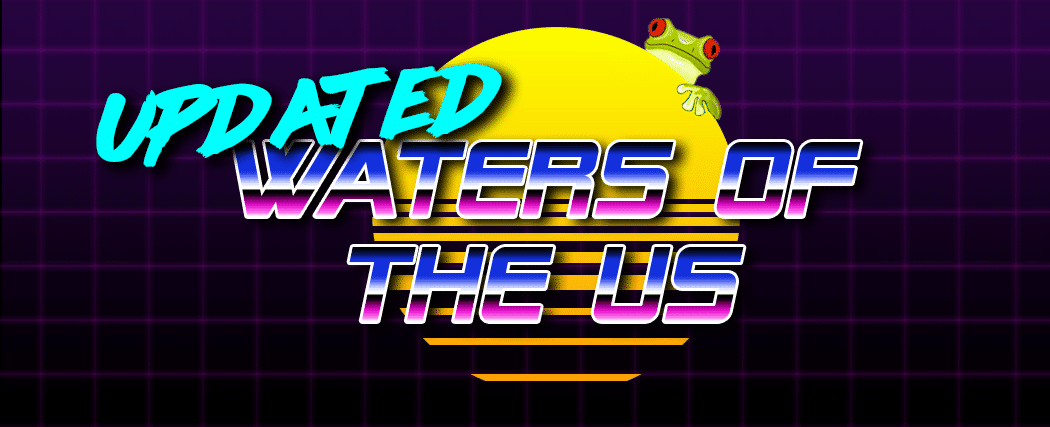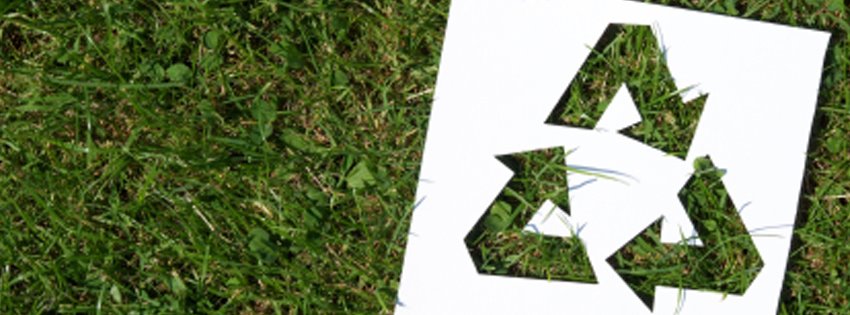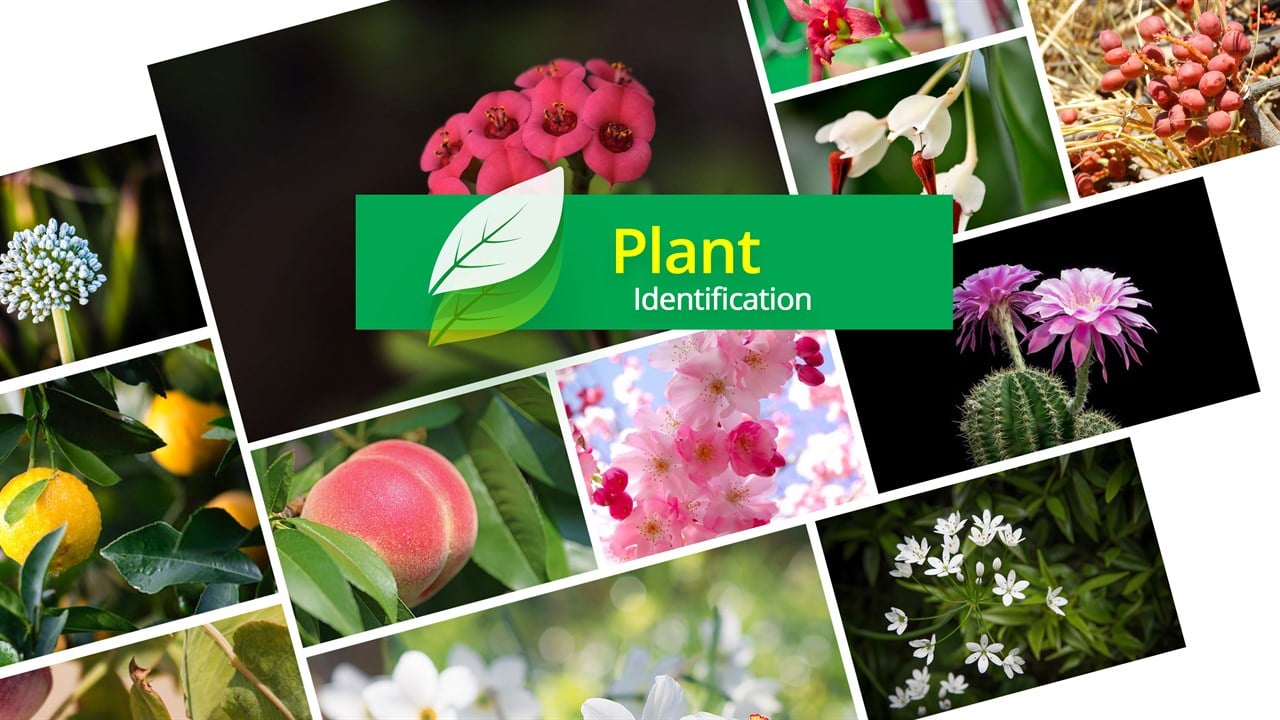Wetland Wednesday
January 22, 2020
Over the past several years we have discussed much about the waters for the US and wetland definitions. At issue is which wetlands and waters receive federal protection under the Clean Water Act. Under this Act both the federal government and the state have a role in deciding what is protected and what is not. However, all of the media attention has been on the federal role.
On Sunday January 19, 2020, in a speech given to the American Farm Bureau Federation President Trump discussed his vision for the federal wetland protection role. In short, he is passing the buck back to the states. The repeal of the Clean Water Rule, the recodification of the 1986 Waters of the US definition and the new draft 2020 Waters rule are all an effort to reduce the federal role in wetlands and waterway protection. He wants the states to do this.
This is not a new idea. In fact, it was always the vision of the authors of the Clean Water Act that the state would manage the non-navigable waters and wetlands based upon its own needs. To date two states, New Jersey and Michigan have formally adopted non-navigable waters regulations and have done so for over 30 years.
The other 48 states and tribes in various ways have also incorporated non-navigable wetlands and waters into their jurisdiction. This is usually done by a water quality classification system derived from the powers of the Clean Water Act 401 program. Typically, there is a wetland or waters classification that restricts use if the water body meets the classification. State examples include North Carolina (Unique Wetlands), Pennsylvania (Exceptional Value Wetlands), New Jersey (Exceptional) and more.
Just about all of these wetlands are rated high value if they provide habitat for endangered or threatened species. However, there are a number of other factors such as proximity to trout streams that may also trigger the high value rating. This rating imposes significant restrictions on the development of the water body and sometimes work in the vicinity of that water body.
It has always seemed strange to me to have the United States Army involved with assessing wetlands on private land. I believe the primary mission of the US Army has something to do with defense. Other than perhaps building a moat around D.C. to keep the bad guys out (or in) their historic role in wetlands regulation has always seemed to be at odds with their primary objectives.
The President in Sunday’s announcement, has made it clear that the state should be managing its own wetlands programs. While the American Farm Bureau may have been cheering for this perceived “regulatory relief” they may not be fully aware of the implications. After all, most of their wetland headaches are based upon the Food Security Act and not the Clean Water Act. The Food Security Act subsidies that are given to farmers are based upon a “do no harm” clause to wetlands. To date, there have been no repeals to that. It would be up to the state to define what is a wetland and most have already.



